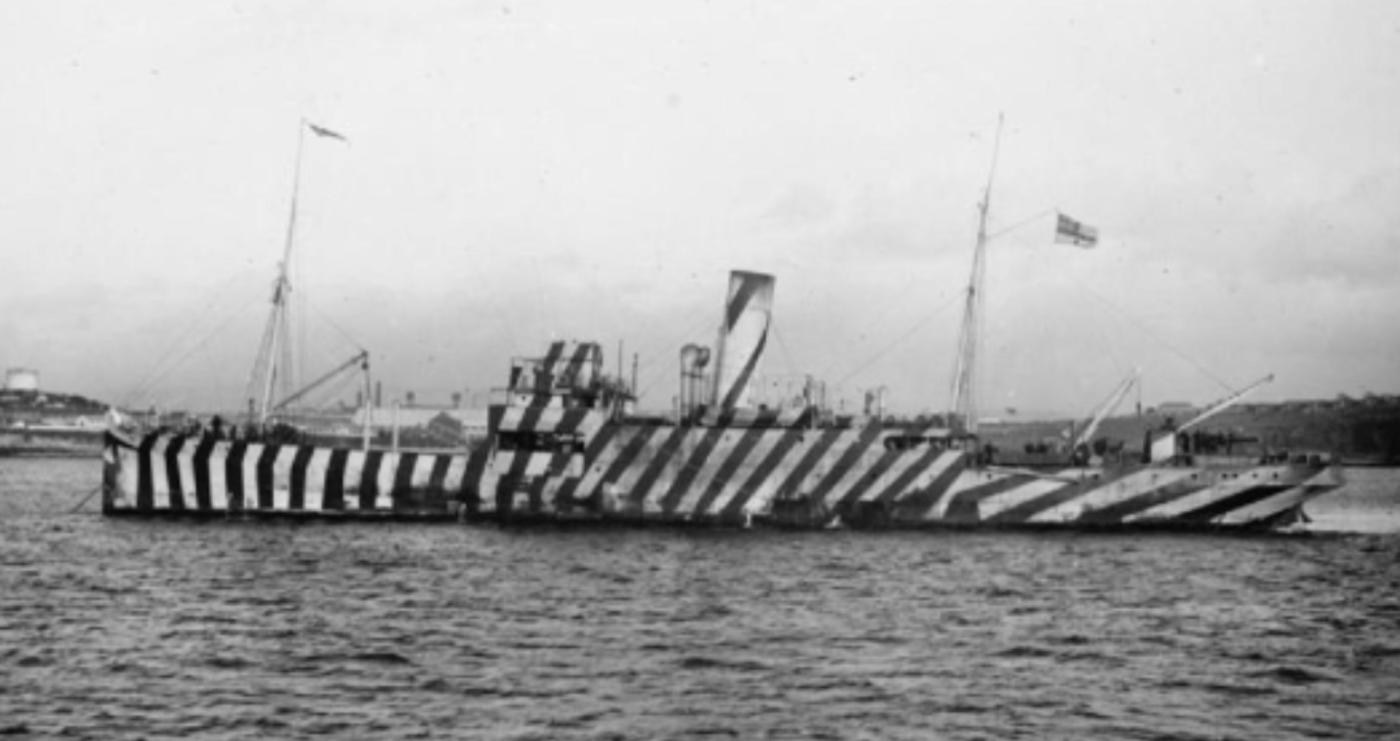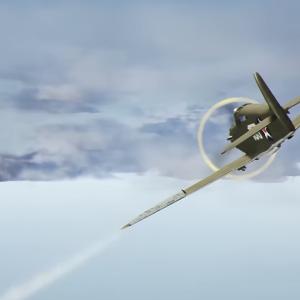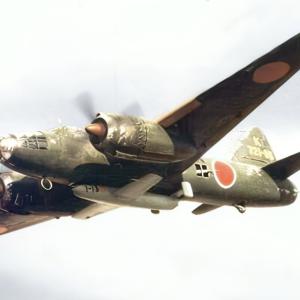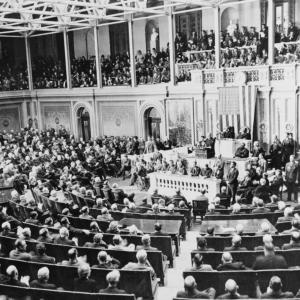
Dazzle/camouflage Ships
During the First World War, navies faced a significant challenge: how to protect their ships from enemy attacks, particularly from submarines and long-range artillery. Traditional camouflage, which aimed to hide an object by blending it with the surroundings, proved largely ineffective on the open sea. Instead, a radically different approach emerged known as dazzle camouflage. This method did not seek to make ships invisible but rather to confuse and mislead enemy observers about the ship’s true size, shape, speed, and heading. The concept of dazzle camouflage originated primarily from the work of British artist Norman Wilkinson, who proposed the idea in 1917 while working for the Royal Navy. Wilkinson suggested that by painting ships in complex patterns of geometric shapes, contrasting colors, and sharp angles, it would become much harder for enemy submariners to estimate the ship’s direction and distance accurately. This confusion could reduce the likelihood of successful torpedo strikes. The patterns were not uniform but rather unique to each vessel, often resembling abstract art with bold stripes, zigzags, and swirls. The aim was to disrupt the ship’s outlines and optical cues that submariners relied on through periscopes or gun sights. Unlike traditional camouflage, dazzle did not attempt to hide the ship but instead turned it into a visually deceptive object that interfered with enemy targeting calculations. The paint schemes exploited the limitations of human visual perception and the challenges of judging speed and direction under battle conditions. The effectiveness of dazzle camouflage was difficult to quantify precisely, but many naval officers reported that it complicated enemy attacks and reduced losses. After World War I, the use of dazzle continued into World War II, with variations and improvements based on advances in paint technology and further research into visual deception. The concept also inspired artists and designers beyond military applications, influencing patterns in fashion, graphic design, and even automobiles. In essence, dazzle camouflage was a clever fusion of art and military science, devised to turn ships into optical puzzles for their enemies, helping to safeguard lives and vessels during the perilous conditions of naval warfare.










